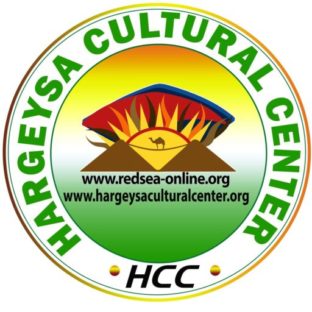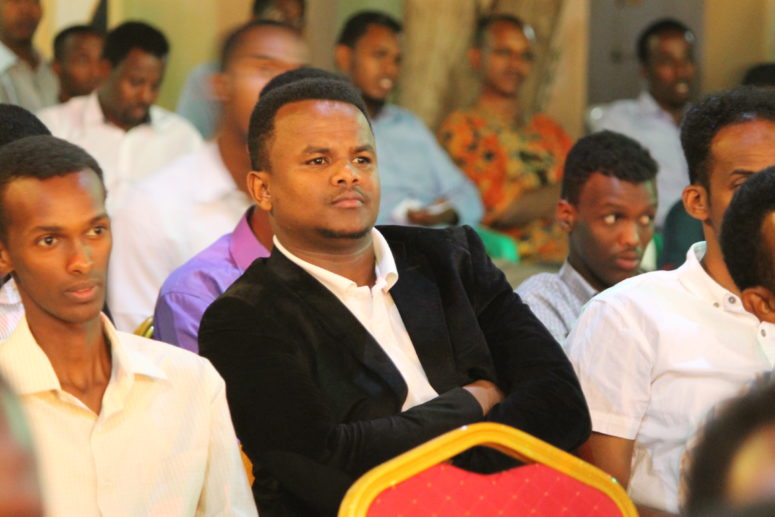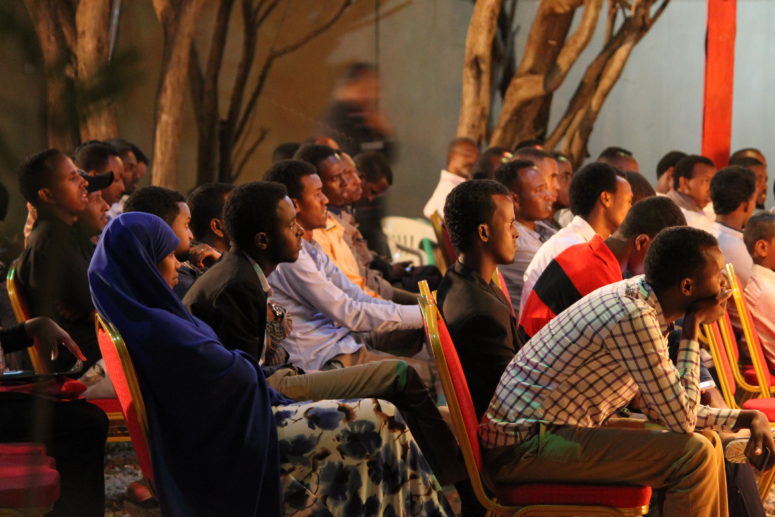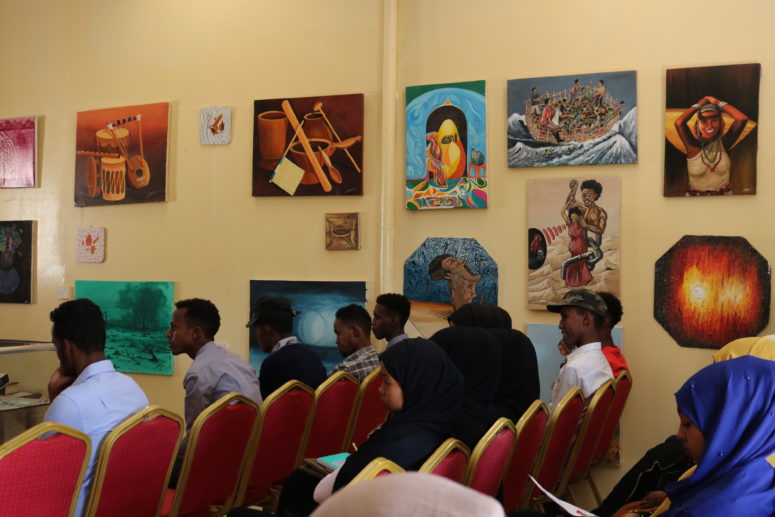Analyses of Structural Changes in Livestock Trade in Berbera Corridor, Somaliland: Before, During and After War
Ahmed M. Musa is a Doctoral Researcher at the University of Nairobi’s College of Agriculture and Veterinary Science (CAVS) under GOVSEA project. Ahmed has a Post Graduate Diploma in Peace and Conflict Studies, Bachelor’s degree in Human Resource Management and Master’s degree in Public Administration and Management, from Uganda. Ahmed is currently undertaking PhD in Dryland Resource Management at the University of Nairobi (UoN) in Kenya. Ahmed had previously worked for Observatory of Conflict and Violence Prevention (OCVP), ActionAid International Somaliland (AAIS), Somaliland National Electoral Commission (NEC)/Interpeace. Ahmed had previously worked with reputable research organizations such as Rift Valley Institute (RVI) and Peace Research Institute Oslo, Norway (PRIO). Ahmed’s main interests include post-war economics and governance, issues in the Horn of Africa drylands which range from livelihoods, resilience to governance. Ahmed has taught in Admas University College, Civil Service Institute (CSI) and Beder International University (BIU). Ahmed’s panel of supervisors are: Prof. Tobias Hagmann from Roskilde University in Denmark, Prof. Stephen G. Mbogoh and Dr. Oliver Wasonga from University of Nairobi, Kenya.
Summery
Livestock production and trade play an important role in the lives of people in the Horn of Africa (HoA). Historically, people in Somaliland largely practiced pastoralism (Walls 2014). As far back as 1838, the British had engaged in livestock trade in Somaliland to supply food to its military garrison in the Gulf of Adan. Since then, livestock has been the main export commodity for Somaliland, contributing an estimated 60% of the GDP; 15% of government revenue and employment to more than 70% of the population (Samatar et al. 1988; Renders 2012; MoNPD 2012; Mugunieri et al. 2016). Furthermore, 50-80% of pastoral household incomes in Somaliland come from sale of their livestock ( Mugunieri, et al. 2016). Revenues generated from livestock trade account for the largest foreign export earnings both pre-war Somalia and post-war Somaliland, with MoNPD (2012) estimating that 85% of the Somaliland export earnings come from livestock trade. Berbera port has remained the main gateway of livestock export to some designated markets in the Arabian Gulf (De Waal 1996; Renders 2012; MoNPD 2012; APD 2002).
In the last 100 years, there have been structural changes in the livestock production and trade in Somaliland (APD 2002). The structural changes that affect livestock trade include social, economic, political, environmental and technological (ibid). Some of these changes are war-induced and affect both livestock trade and livelihoods. Little academic research has been done on the changes in the livestock trade and their implications on trade and livelihoods; most of the literature on livestock trade along the Berbera corridor exists in the form of gray literature. In addition, Somaliland’s post-war ‘economic recovery owes a great deal to the livestock trade’, therefore, understanding structural changes in the livestock trade is essential to understanding post-war economic changes in Somaliland (APD 2002). It is in the light of these that, this PhD research will aim to understand livestock trade in terms of the structural changes since late 1980s and their implications on trade and traders.



